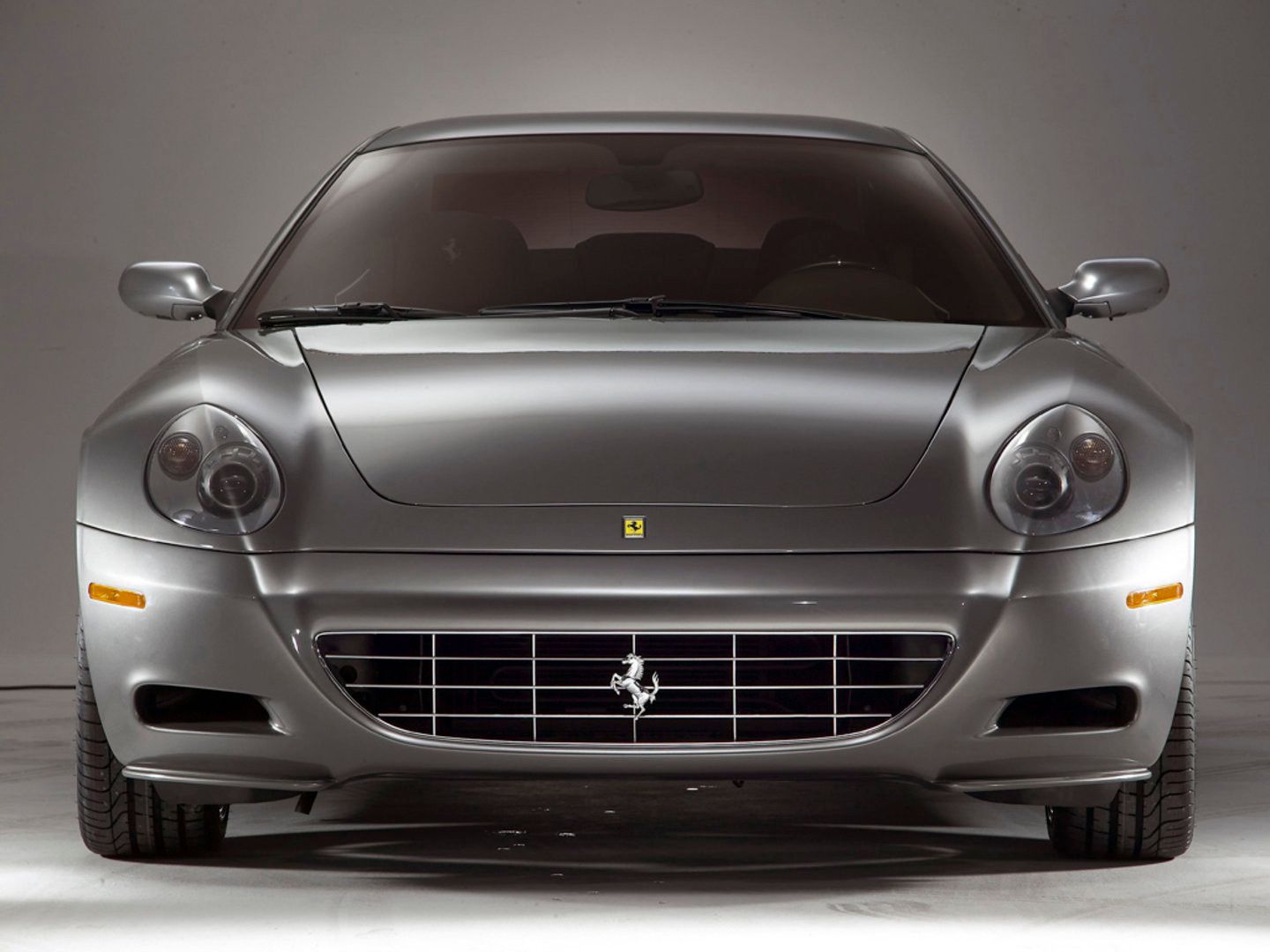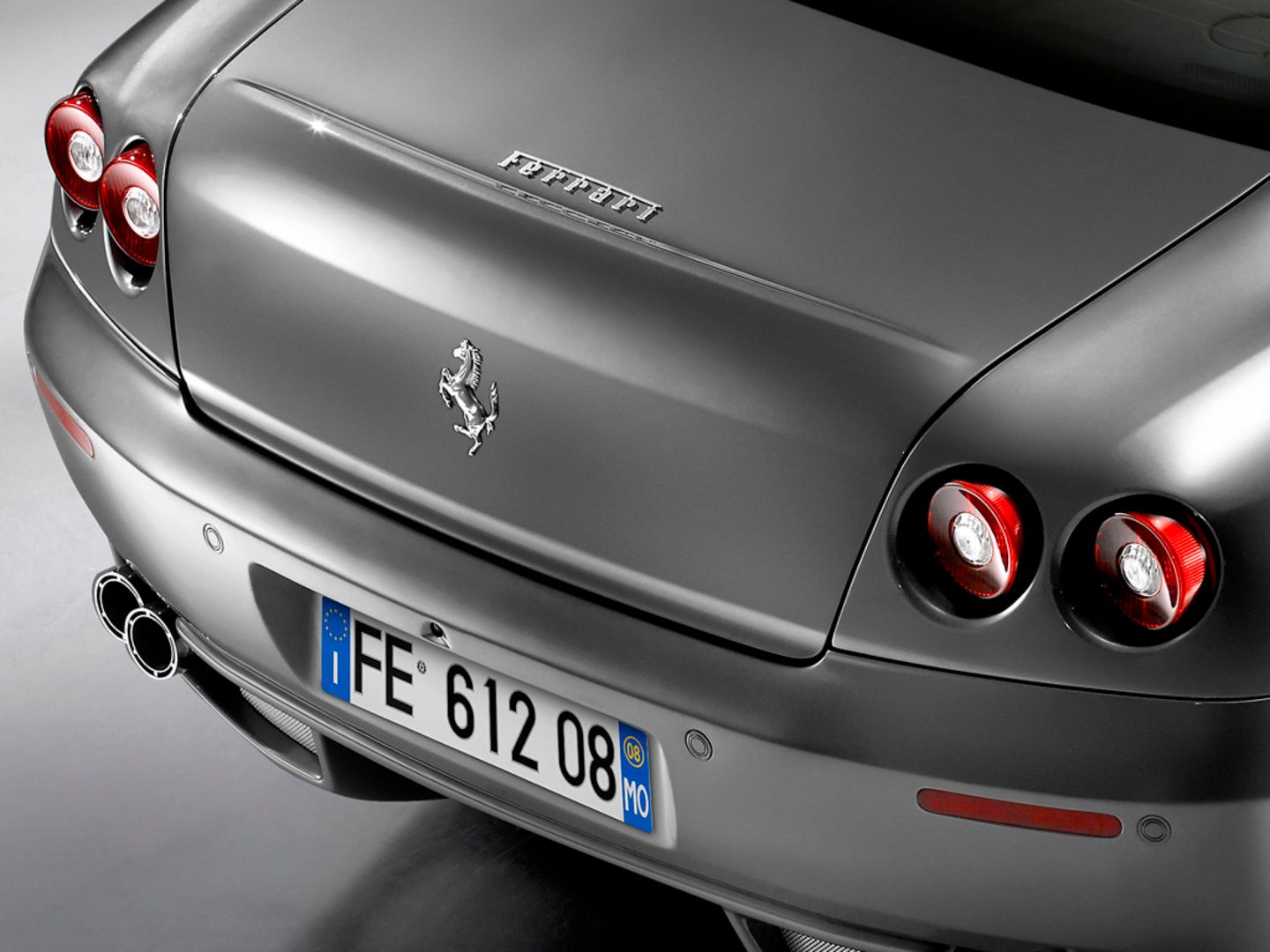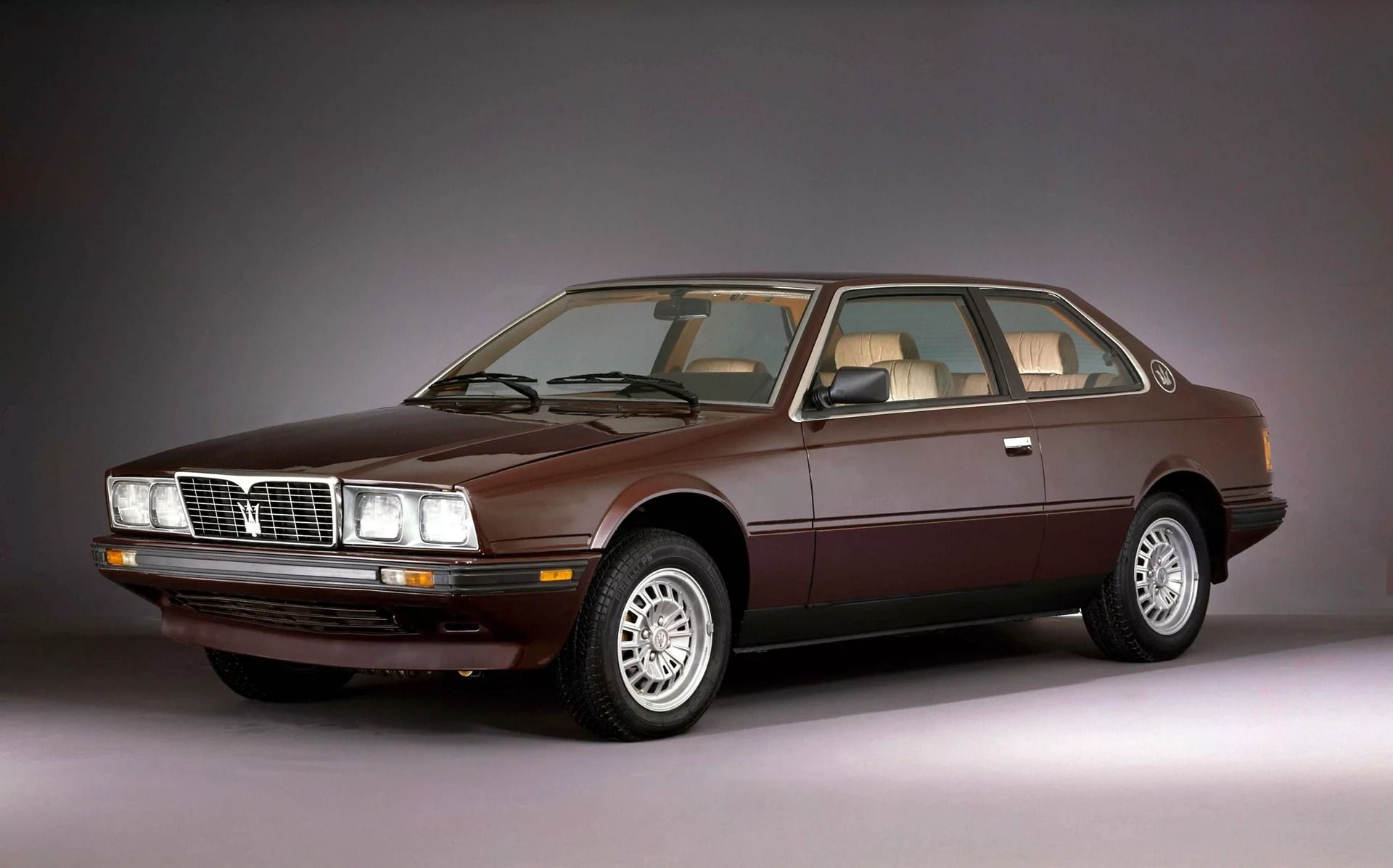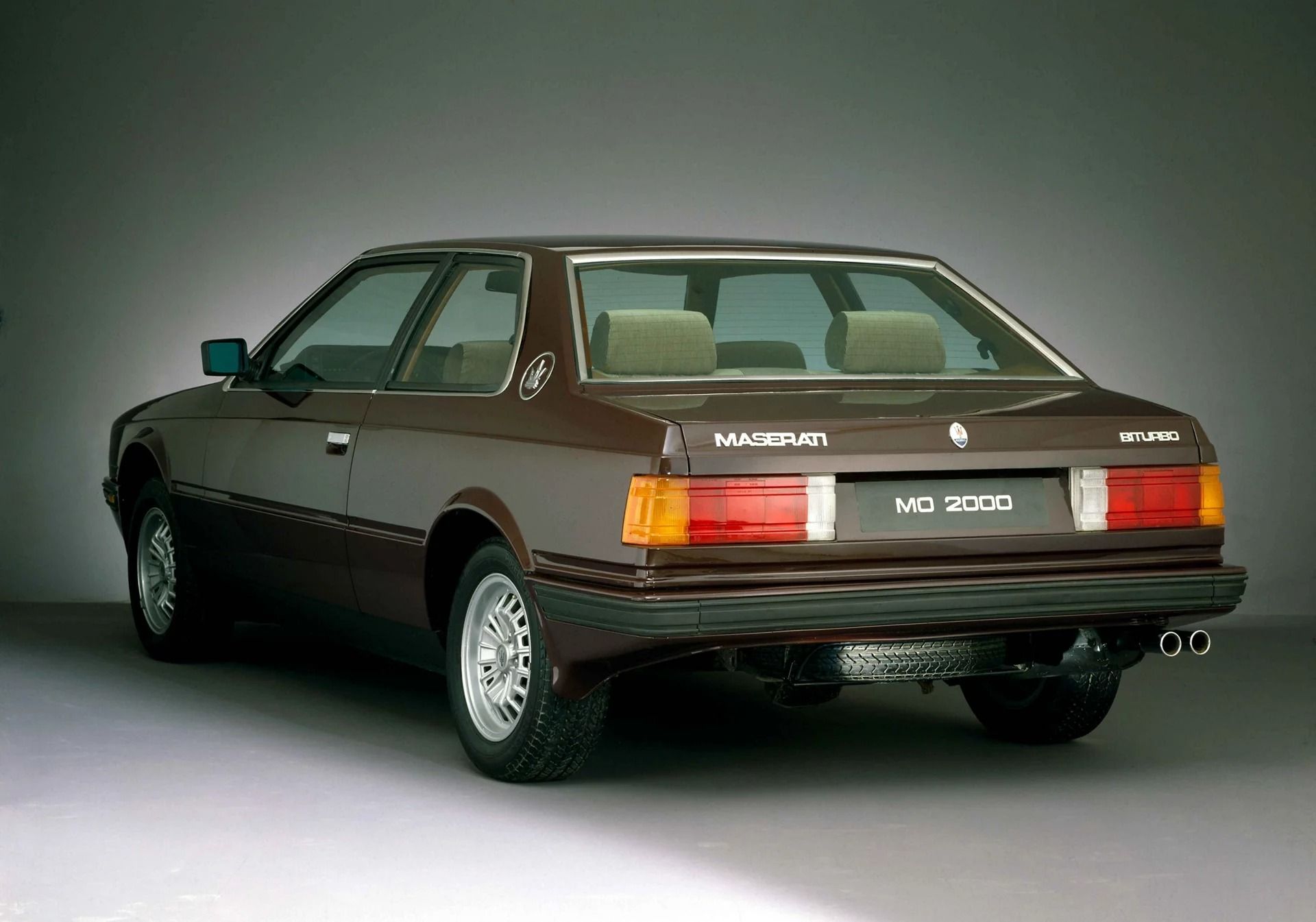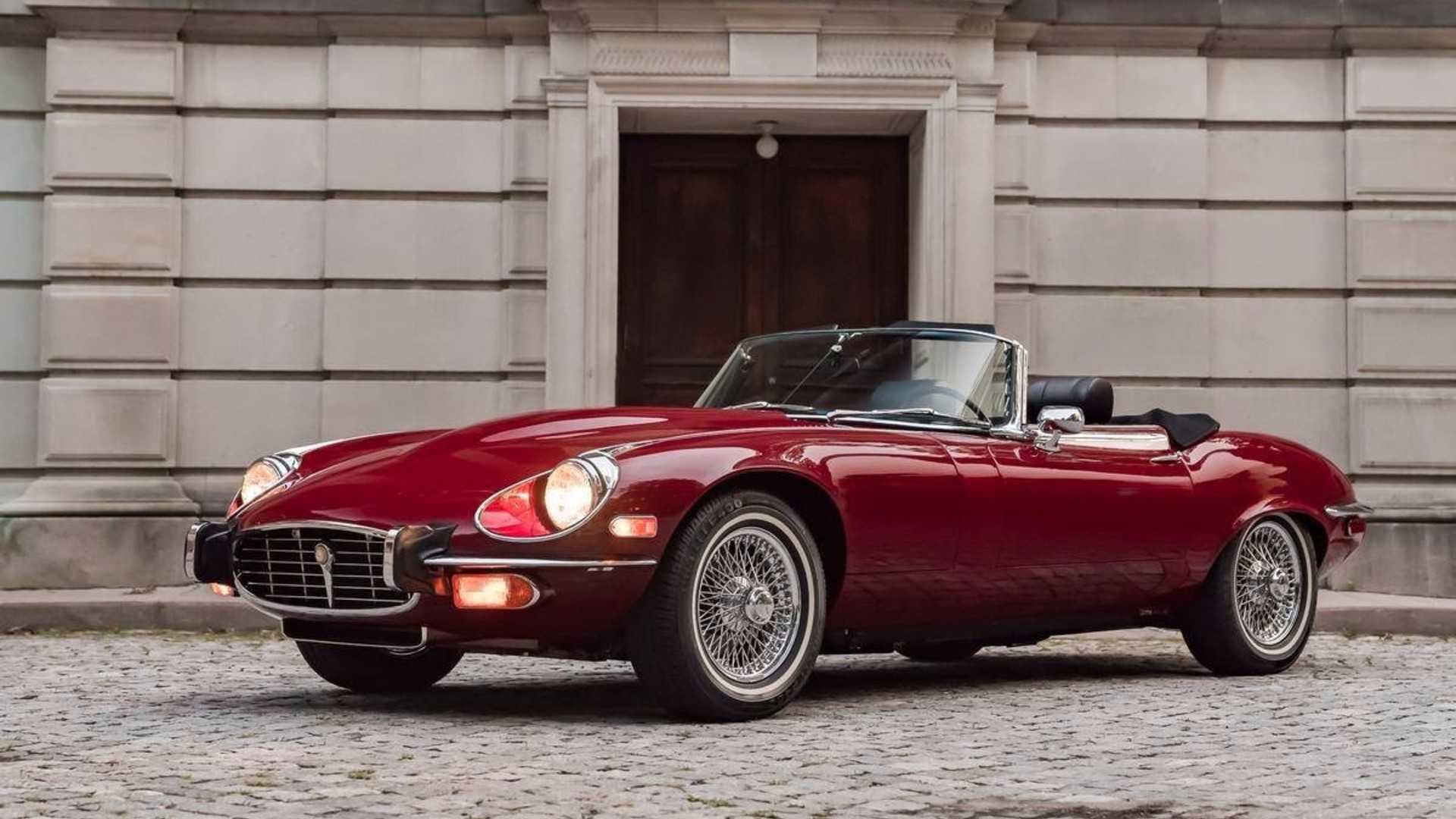Europe is home to some of the best sports car manufacturers in the industry. Their classics were not only beautiful but also fast. For example, the Jaguar E type is considered one of the classiest cars by Jaguar.
Even with their engineering prowess, some European manufacturers somehow managed to produce some monumental failures. Most of these were not only because of poor styling, but also poor mechanisms. Financial restrictions also affected some manufacturers, leading to their quality and reliability problems.
10 Triumph Stag
The Stag was set up to be one of its generation’s best family sports cars. Its 2+2 setup allowed families to travel in style, especially using its torquey V8 powerplant. It had great style with some sharp Michelotti penned lines and was available in a convertible configuration.
However, the Stag failed due to an array of build quality problems. Besides, the dealers wouldn’t fix the plethora of issues that cropped up even when the Stag was under its warranty period. Its torquey V8 was also its monumental failure since it had seizing main bearings, timing chain problems, and warped aluminum heads.
9 Ferrari 612 Scaglietti
The Scaglietti featured styling that wouldn’t invoke enthusiasm. Ferrari fitted this GT sports car with a 5.7-liter V12, churning out 553 hp. This helped propel the car to a maximum speed of 200 mph, all while accommodating four passengers.
Besides Ferrari’s enthusiasm with the 612 Scaglietti, it had some issues, especially with its F1-style transmission that would frequently overheat under everyday use. This would render the vehicle inoperable and sometimes lead to a crash.
8 Maserati Biturbo
Over the years, Maserati has built some great cars. However, the Biturbo has been the black sheep of the fleet. During its introduction, the Biturbo promised to offer performance and comfort. The downside was that owners had to stomach its high running costs and the cheap, plasticky interior.
The Maserati Biturbo debuted in 1981 as a two-door coupe. It had a 2.0-liter twin-turbo engine producing 180 hp. Later down the line, Maserati introduced a two-tone Biturbo S and Biturbo-based four-door sedans. All Biturbo models were plagued with rust problems and frequent electronic failure.
7 Jaguar XJ-S V12
The XJ-S V12 had a lovely 5.3-liter V12 engine that would rev up to 6,500 rpm. When the owners eventually got the engine to work, they would get over 295 hp to play with. However, the Jag was amongst the cars that are born with issues and will never be reliable.
Jaguar’s V12 engine was the core problem for the XJ-S V12. The XJ-S was famous for record-breaking running and service costs. Not only was it unreliable, but the engine failed frequently and had the probability of catching fires.
6 Alfa Romeo GTV6
The Alfa Romeo GTV6 was considered to be one of Italy’s tragically flawed but very charismatic cars of its era. It was in production for eight years and was an iteration of the original Alfa Romeo Alfetta Coupe. Like most Italian cars, the GTV6 had poor build quality and was plagued with rust.
The V6 engine, first introduced in 1981, was their first engine with pushrods. It was made in 1971, but the lack of funds prevented its production. This engine sounded great, but it had head gasket failures. The GTV6 also had failing electronics, making it an option to avoid for most people.
5 Fiat Spider 2000
The late 1970s Fiat Spider was a beautiful coupe with Italian engineering. Even with its striking looks, the Spider was one car that would only act as a garage queen. It had plenty of issues, as you would expect with any Italian engineered car of the 70s, and each time you fixed something, another thing broke.
The Fiat Spider had a 2-liter inline-four engine producing 105 hp. It was available as a rear-wheel-drive vehicle with a manual gearbox. According to most owners, the Spider was fun for spirited driving. However, that’s when they were lucky enough to get it running. Rust was also another common problem with the Spider.
4 Lotus Elite
Fiberglass was the 1950s carbon fiber. It was more affordable than aluminum, versatile, tough, and lighter than steel. The Lotus Elite was Colin Chapman’s way of saving weight. It weighed 1,100 lbs and was equipped with a Coventry Climax engine churning out 75 hp.
The Elite was a lovely coupe and a successful race car. However, it had unreinforced fiberglass that led to suspension mounts punching through the stressed monocoque. If you buy this classic as a project car, you’ll need to dig deep for its restoration costs.
3 Jaguar XK-E V12 Series III
The Jaguar E series was a child of the 1960s. It was sleek and stylish and led to the development of the Series 3. The Series 3 came with flared wheel arches, some extra chrome, a delicate-looking front grille, and a disappointing anchor-heavy 5.3-liter V12. The plumped-up look ruined the smooth, aero contours of the original E type.
The E type had a 4.2-liter six-cylinder engine, making it a 150-mph supercar. Dropping this for the V12 in Series 3 made the nose heavy, thus a poor driver’s car.
2 Aston Martin Lagonda
Razor sharp styling and space age within made the Aston Martin Lagonda one of the beautiful exotics of its time. The Lagonda had a great-looking interior and a feast of high-quality leather and wood. Its most intriguing future was its digital instrument displays that would frequently fail.
This four-door exotic was a mechanical catastrophe, especially its steel sub-structure prone to rust. Repairs would often be expensive since the rust would easily spread to B and C pillars. The engine was considered to be bulletproof, but it also had frequent fuel leaks, mainly from the steel liners in the alloy block.
1 Ferrari Mondial 8
Even Ferrari, a legendary Italian sports car company, whiffs occasionally. Their Mondial was a big red disaster due to poor build quality. This 2+2 coupe had a mid-engine V8 that produced 218 hp. Besides the poor build quality that would lead to smells of burning wires, the Mondial had buggy transistor-based electronics.
It had factory-authorized service that, meanwhile, was more like extortion. Its low entry price also didn’t help with its reputation. The Mondial was slow with a 0 to 60 time of 9.3 seconds and a 138-mph top speed, making it a great contender for the worst Ferrari ever.


